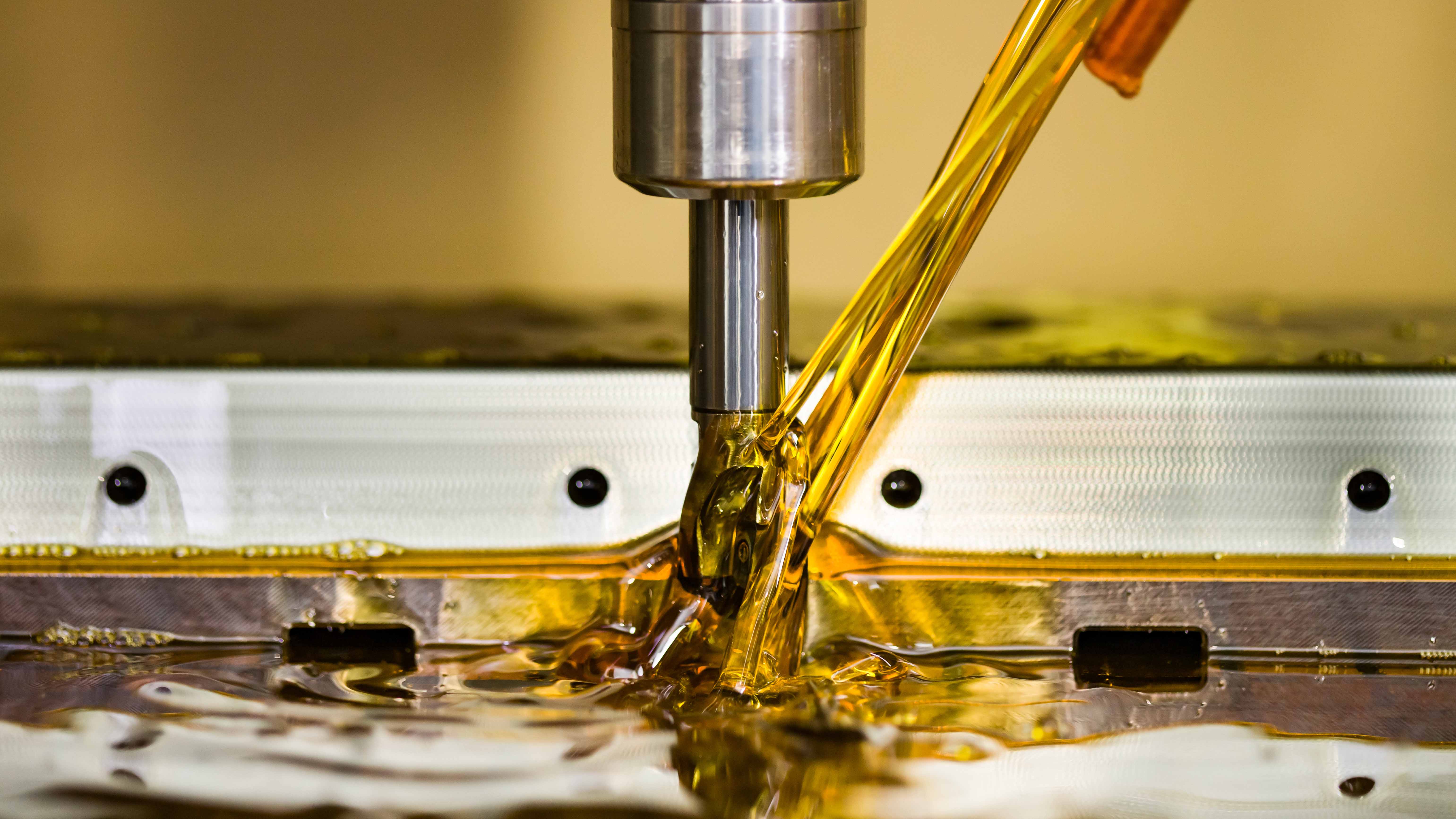Mastars provides rapid cnc services, injection molds for cars, including interior models, grilles, headlights, taillights or stereo lights.
The lack of technical trust mechanism has led to a certain degree of cognitive bias regarding autonomous driving.
In terms of technology splitting logic, the core technology of autonomous driving is divided into 3 parts: perception, planning and control, put into specific driving scenarios, perception is equivalent to people driving to see the road and get road information, planning is equivalent to processing road information in the brain and output driving decisions, control is equivalent to people manipulating their hands and feet to drive. As of now, perception and planning are the biggest problems of autonomous driving than control operation.

It is easy to overlook the fact that many of the accidents that have occurred in the past have been caused by incorrect driver perception and decision making.
According to the World Health Organization, auto accidents are the second leading cause of death worldwide. According to the CIDAS (China In-depth Traffic Accident Survey) database, driver human factors accounted for about 81.5% of the 5,664 accident cases involving passenger cars from 2011 to 2021. Among them, 79.9% of the accidents were caused by drivers' subjective errors due to their inability to identify and perceive hazards in advance, and 43.4% of the accidents occurred due to failure to yield to traffic regulations. Some data from professional analysts suggest that replacing human drivers with self-driving cars could reduce global fatalities by up to one million per year.
In essence, self-driving cars are similar to robots with the same requirements as human-driven vehicles. They have the same skills as human drivers, including driving, parking, and identifying their surroundings and making judgments accordingly, the difference is that intelligent cars are backed by artificial intelligence technology, they are not affected by emotions, and have a better ability to perceive and identify complex traffic environments.
However, the white paper also emphasizes that autonomous driving and "0" accidents cannot be equated. History tells us that the application and development of each technology has to go through a continuous evolutionary process, and there are stages, whether it is the end of the film era, or the replacement of the PC Internet by the mobile Internet, autonomous driving is no exception, as the next generation of emerging technologies, inevitably encounter many uncertainties and setbacks in the process of development, but today's progress is also visible to the naked eye.











